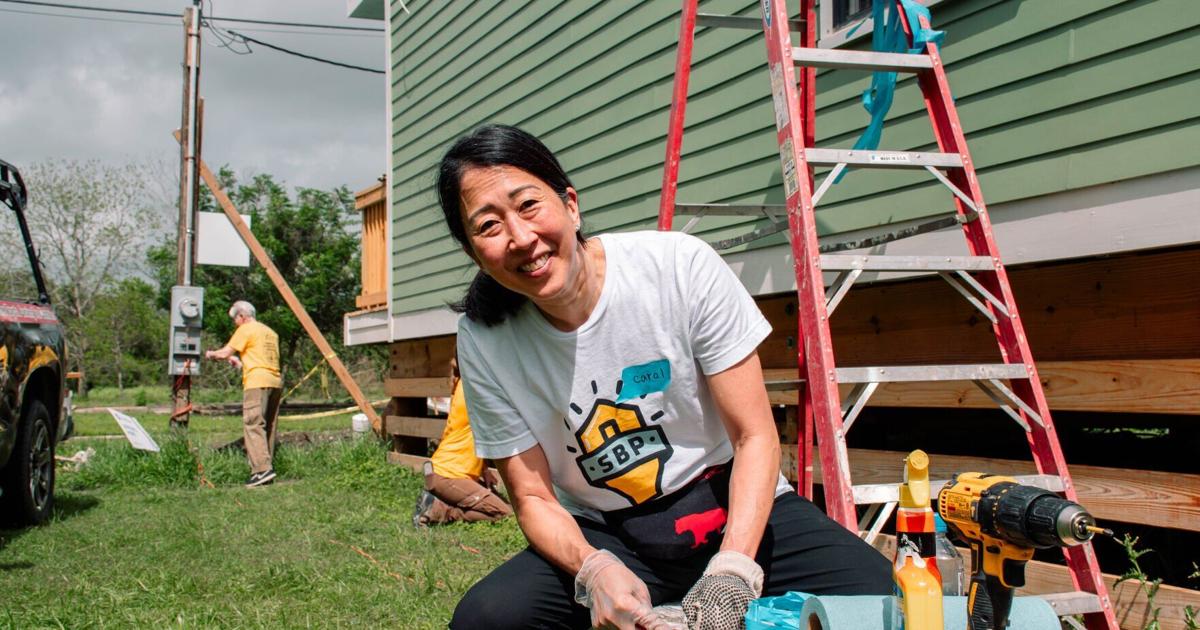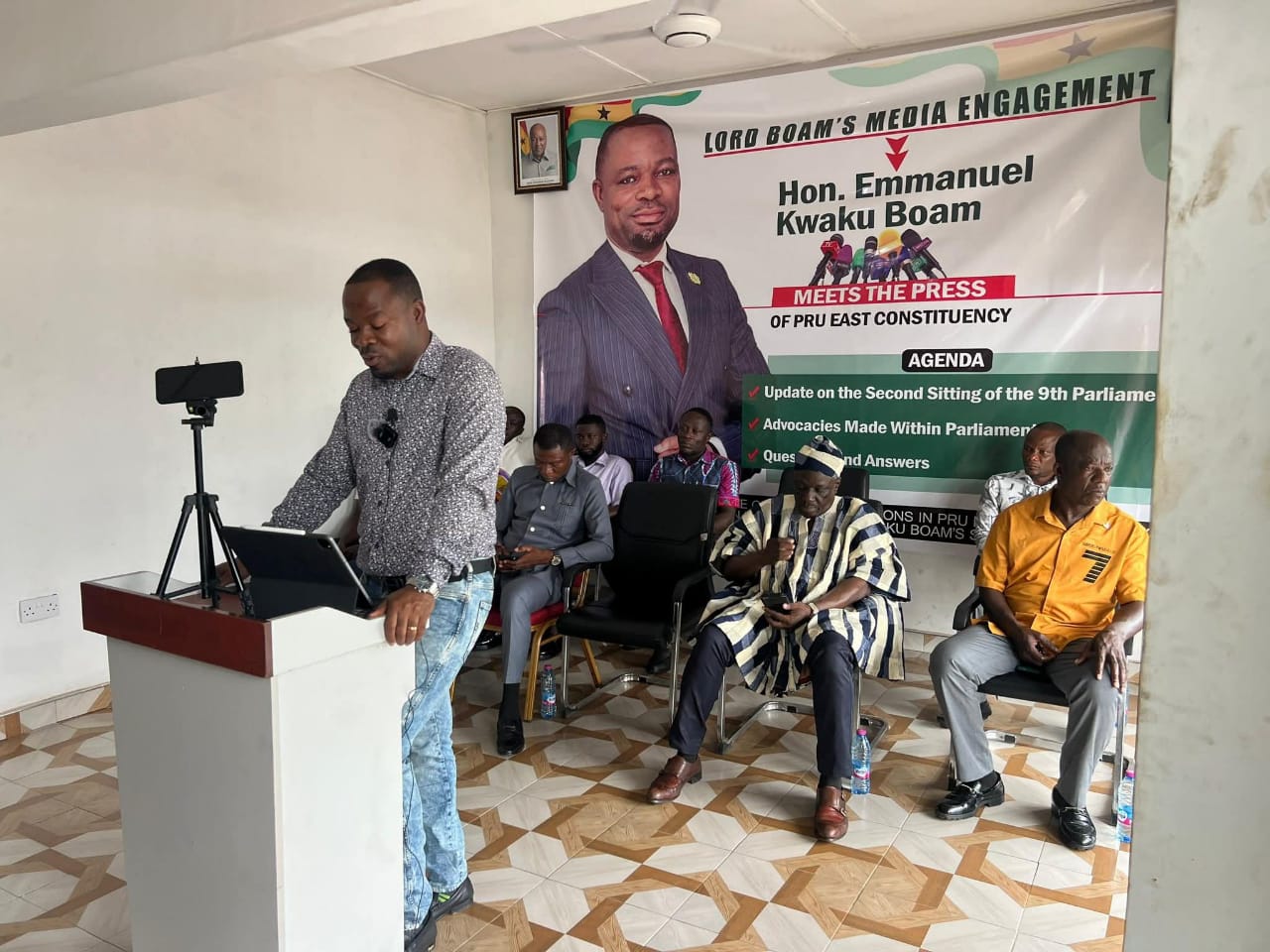
The disaster recovery nonprofit SBP began as a philanthropic effort to rebuild homes in St. Bernard Parish after Hurricane Katrina. Nearly 20 years later, the 100-person organization has expanded nationwide to help underfunded or underinsured homeowners reconstruct after natural disasters.
To date, the organization has helped rebuild nearly 7,000 homes — and, more and more, it advises communities on resilience and preparedness efforts to mitigate the effects of future events.
In this week’s Talking Business, SBP CEO Carol Markowitz — who took the reins in February after a nearly six-year stint as the chief operating officer at Loyola University New Orleans — discusses the organization’s evolution and goals.
This interview has been edited for brevity and clarity.
How did SBP begin and how has it evolved?
The organization was started on the heels of Hurricane Katrina in early 2006 by husband-and-wife team Zack Rosenburg and Liz McCartney, who came to New Orleans from Washington, D.C., after watching the news and decided they wanted to help. They were sleeping in a tent in the Lower 9th Ward and just started working on homes.
Over the last 19 years, SBP has helped more than 6,700 homeowners in 16 U.S. communities and the Bahamas. In 2011, we partnered to implement the Toyota production system, which dramatically reduced the time it takes us to rebuild a home.
We’ve developed a huge amount of expertise in how to navigate FEMA for survivors. We can often double the original award that a survivor had received from FEMA. We’ve recently developed a bridge loan product to help survivors access funding for rebuilding.
To what do you attribute the growth?
The problem is huge. Over 300 million Americans reside in counties that have experienced a major disaster declaration since 2011. In 2024, we had 27 separate $1 billion-plus weather or climate disaster events totaling $180 billion in damage, making it the second-highest year on record, according to the National Oceanic and Atmospheric Administration. And the problem is not limited to certain areas.
It can feel a little overwhelming, but it means job security as long as we can continue to get the support for the work we do.
At what point after a disaster does SBP get involved?
After an event, there’s immediate response and relief. This is when the Cajun Navy or the American Red Cross show up, and people are giving away food, water and other things to help people survive.
At first, the media is paying full attention, and everyone is opening up checkbooks. Then, when the cameras are gone, people are left with figuring out how they are going to rebuild, especially if they aren’t insured.
We start about six months later. It takes a minute for debris to be cleared in a community and for it to be safe.
How has SBP’s work evolved?
In addition to our homeowner assistance, we’ve developed an advisory arm that allows us to have an impact on governments and nonprofits operating at different parts of the disaster cycle.
We can teach community leaders how to understand their flooding risk and access funds for mitigation projects. This is especially important in small and medium-sized communities without resilience offices of their own.
We are helping two communities get funding to install stormwater gauges, and another buy backup batteries for drainage systems. That’s our “blue sky” work, but we also help communities with “gray sky” projects after a disaster.
We fund 11 fellows, who are partnered with state-level agencies, city government and nonprofits.
One of them acts as a staffer in a very small resiliency office within city government in Mobile, Alabama. She helped produce their first-ever coordinated emergency action plan across agencies.
For your rebuilding efforts, how do you choose who to help? And how does the process work?
We do outreach after a disaster to find the homeowners with the greatest unmet need, and we process them through a vetting and an application process. These are people that are generally low-income with very little financial resources to cover rebuilding costs. They largely are underinsured or completely uninsured.
Once we verify eligibility and we get people through our intake process, we are literally running a construction project that relies heavily on subcontractors. We’ve been able to serve and do large parts of our construction work with AmeriCorps service members and other volunteers in addition to the skilled trades.
We may run radio ads in certain markets or establish relationships with local or state leadership teams so they can direct clients to us.
We can’t respond to every major disaster, so we’re strategic. The majority of the houses we’re rebuilding this year are in Tampa, Florida, which was hit by hurricanes Helene and Milton a year ago.
Our goal is to rebuild at least 200 homes in the Tampa area. We’re on track to do 90 this year, so we might blow through that number.
How do you pay for all this?
We help survivors navigate the FEMA appeals process and we offer them innovative financing. Outside of that, SBP’s work is funded through traditional philanthropy: corporate donors, individual donors and foundations.
We have a roughly $30 million annual operating budget. Some of that comes from federal funding and earned revenue, but about two-thirds comes from fundraising.
The good news about not being heavily reliant on federal funding is that we haven’t had as much risk of cuts as other nonprofits.
There’s no way to put a price tag on the hope that we’re able to bring. It’s very emotional when people move back into their homes. We like to throw welcome home parties for them.
You spent almost six years at Loyola. Before that, you helped launch the New Orleans Culinary & Hospitality Institute. What did SBP bring you in to do, and why were you interested in the new challenge?
Part of the mandate for me is to optimize the programs we’ve developed for long-term and sustainable growth. There’s going to be increased demand for the services that we can provide on the advisory side, and we want to meet it. That will allow us to make a more scaled impact on communities at a systems level in addition to the work we’re doing serving individual homeowners.



